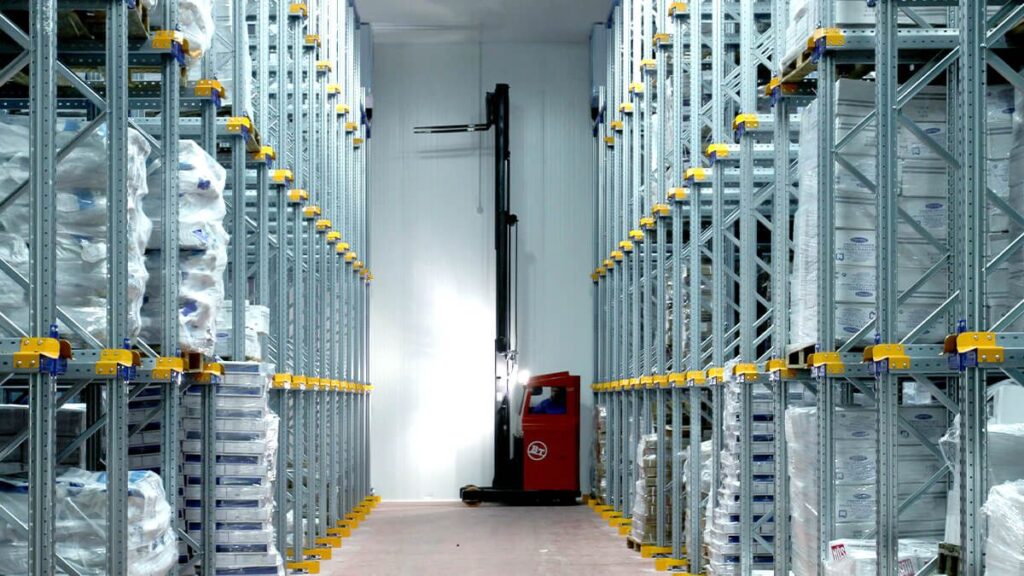The Cold Storage Revolution Changing the Way We Preserve Forest Resources
The Cold Storage Revolution is transforming the way we manage and preserve forest resources, addressing some of the most pressing environmental challenges of our time. As global populations rise and urbanization accelerates, the demand for forest products—timber, paper, and non-timber products—continues to increase. However, traditional methods of resource extraction have often led to unsustainable practices, deforestation, and biodiversity loss. The cold storage revolution offers a sustainable alternative by extending the shelf life of forest products and reducing waste. At its core, the cold storage revolution leverages advanced refrigeration and controlled atmosphere technologies to slow down the natural decay processes of wood and other forest products. By maintaining optimal temperatures and humidity levels, these systems preserve the integrity of raw materials for longer periods, allowing them to be transported and stored without compromising quality. This capability is crucial in a globalized market where products must often be shipped over long distances. The longer shelf life reduces the need for frequent harvesting, helping to conserve forest ecosystems while still meeting consumer demand.

Moreover, cold storage technologies have far-reaching implications for the broader forest resource management strategies. For instance, by ensuring that harvested timber remains viable for extended periods, manufacturers can adopt a more flexible approach to production, synchronizing supply with market demand. This not only enhances economic efficiency but also diminishes the pressure on forest ecosystems, allowing for more sustainable harvesting practices. The benefits extend beyond timber to include non-timber forest products, such as fruits, nuts, and medicinal plants. Cold storage allows for the preservation of these valuable resources, enabling communities that rely on forest products for their livelihoods to access larger markets without fear of spoilage. This opens new economic opportunities for rural populations, promoting both community development and environmental conservation.
Furthermore, the cold storage revolution contributes to climate change mitigation efforts. By minimizing waste and maximizing the use of existing resources, it aligns with the principles of a circular economy. Less waste translates to reduced greenhouse gas emissions, as decaying organic matter contributes to methane release. Additionally, by preserving forests and promoting sustainable practices, we can enhance carbon sequestration, a critical factor in combating climate change. As the cold storage revolution gains momentum, it fosters collaboration among stakeholders—governments, businesses, and local communities to develop and implement sustainable forest management practices. Investment in research and development is essential to innovate and refine cold storage technologies further. The forest products cold storage convergence of these efforts represents a paradigm shift in how we view and utilize our forest resources, ensuring that they can be enjoyed by future generations while maintaining ecological balance. In this way, the cold storage revolution is not just a technological advancement; it is a critical step toward a sustainable future.
